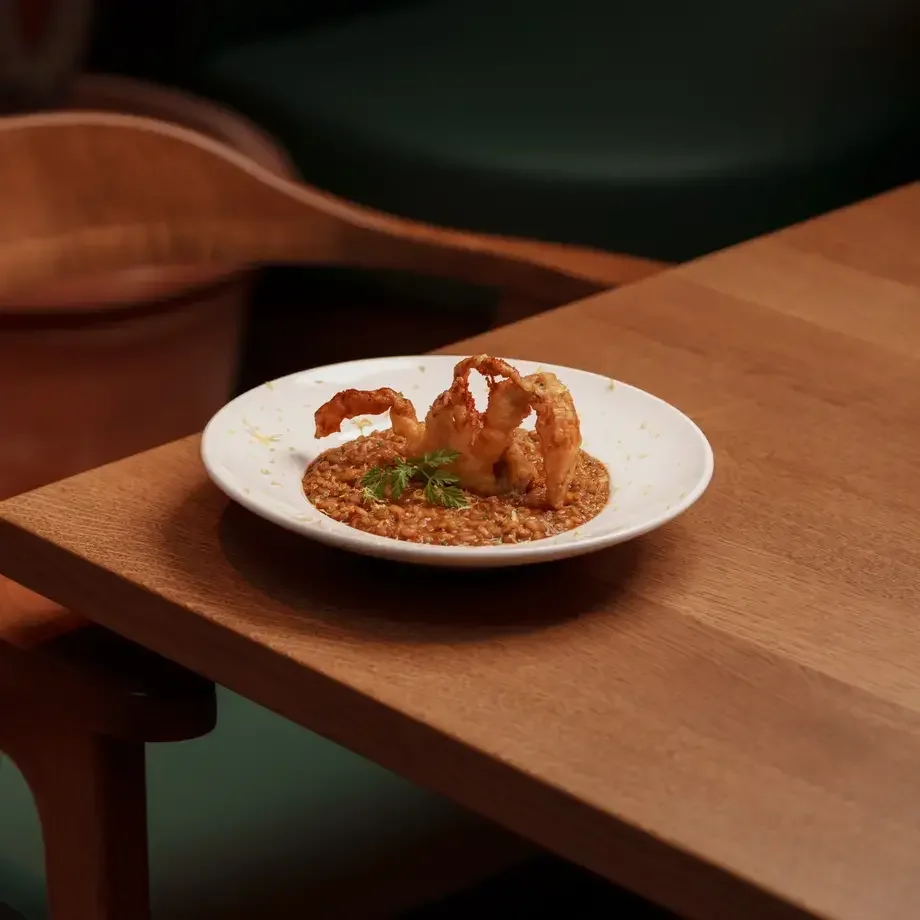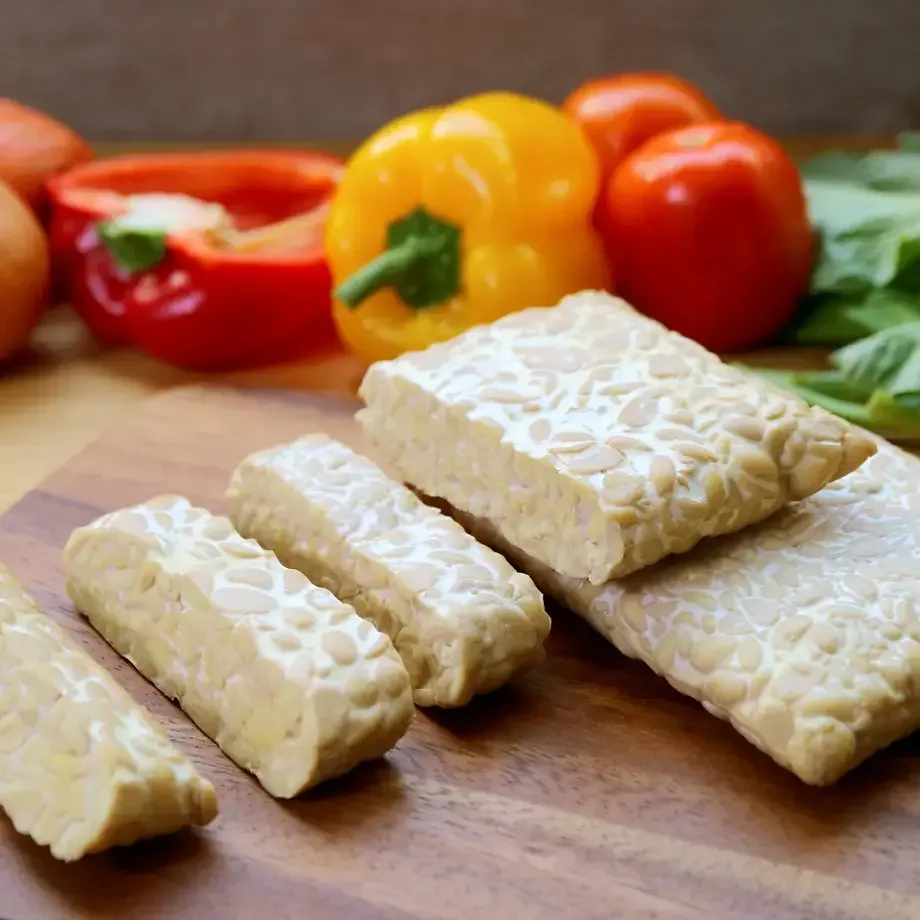Few spice blends carry the mystique and complexity of ras el hanout. Translating roughly as “top of the shop,” it refers to the very best spices a merchant has to offer. More than a recipe, it’s a reflection of Morocco’s culinary identity – a balance of warmth, fragrance and depth that transforms simple ingredients into dishes full of character.
What is ras el hanout?
Ras el hanout is a traditional Moroccan spice blend known for its aromatic, layered flavour. It combines a selection of ground spices, herbs and sometimes dried flowers, creating a profile that is simultaneously sweet, spicy, earthy and floral. Unlike fixed recipes such as garam masala or curry powder, ras el hanout varies from one spice merchant to another – each mix is a signature creation passed down through generations.
Historically used across North Africa, especially in Morocco, Algeria and Tunisia, the blend reflects centuries of spice trading along the Mediterranean and Saharan routes. Its richness captures the diversity of Moroccan cuisine, where cumin, coriander, cinnamon, and saffron come together to create balance and depth in dishes ranging from tagines to roasted meats and couscous.
Ingredients in a traditional ras el hanout mix
Common spices
While every blend is unique, most versions of ras el hanout share a core of essential spices. Cumin, coriander and cinnamon provide warmth and structure, while cardamom, nutmeg and cloves add aromatic complexity. Paprika or cayenne bring a subtle heat, balanced by the sweetness of allspice or mace. Some traditional recipes also include dried rose petals, lavender or grains of paradise, echoing Morocco’s long-standing affinity for floral and herbal aromas.
This diversity of ingredients means that no two blends are identical; yet, each expresses the same idea: harmony amidst contrast. The art lies in balancing intensity without allowing one spice to overpower the rest.
Regional variations
In Morocco, northern blends often lean towards delicate, perfumed notes, with floral and citrusy accents, while southern versions tend to be bolder, spicier and more robust. Some mixes include as many as 30 different components, revealing local preferences and the influence of neighbouring cuisines.
Elsewhere in North Africa, ras el hanout has been adapted to regional palates. In Tunisia, it may include dried rosebuds and anise, while Algerian blends are more pepper-forward. These differences make ras el hanout both a regional and a personal expression of taste.
Store-bought vs homemade blends
Commercial blends offer convenience, but they often simplify the recipe to a handful of accessible spices. Homemade versions, by contrast, allow for personalisation – a chance to adjust intensity, sweetness and heat according to preference. A freshly toasted and ground mix releases a far richer bouquet than pre-packaged powders, making it a worthwhile ritual for anyone who enjoys experimenting with herbs and spices.
How to make ras el hanout at home
To make your own ras el hanout, start by gently toasting whole spices in a dry pan to bring out their essential oils. Common choices include cumin seeds, coriander seeds, cardamom pods, black peppercorns, cloves and cinnamon sticks. Once fragrant, let them cool, then grind finely using a spice grinder or mortar and pestle.
Combine the ground spices with powdered ingredients such as paprika, ginger, turmeric and nutmeg, and mix thoroughly. Some recipes also add dried rose petals, crushed bay leaves or saffron for a more aromatic blend. Store in an airtight jar, away from heat and light, to preserve freshness.
The key to a balanced ras el hanout lies in proportions. Cumin and coriander form the base, with smaller amounts of intense spices like cloves, nutmeg and cardamom to prevent bitterness. For a fragrant Moroccan touch, a pinch of cinnamon or allspice ties everything together.
How to use ras el hanout in cooking
Ras el hanout’s versatility makes it one of the most rewarding spice blends to use in the kitchen. Its complex flavour can elevate both traditional Moroccan dishes and modern, refined creations.
Ras el hanout in savoury dishes
In Morocco, ras el hanout is most famously used in tagines, couscous and meat rubs. It brings depth to slow-cooked lamb or chicken, and pairs beautifully with caramelised onions, dried fruits and nuts – classic elements of Moroccan cuisine. It can also be stirred into soups, stews and lentil dishes to add warmth and complexity.
When combined with olive oil, garlic and lemon juice, the blend becomes a vibrant marinade for chicken or fish. Ras el hanout chicken, for example, is marinated overnight before roasting or grilling, resulting in tender, aromatic meat with a golden crust.
Pairings with vegetables, meat and fish
Beyond traditional dishes, ras el hanout enhances roasted root vegetables, aubergines and chickpeas, giving them a delicious depth. It complements lamb and beef beautifully but is equally striking with white fish such as cod or halibut, where its spices bring contrast without overpowering the delicate flavour.
Chefs often use it to season sauces, couscous salads or even butter for finishing dishes – a subtle way to introduce Moroccan warmth to modern plates. The combination of sweet and savoury notes makes it particularly suitable for pairing with ingredients like apricots, almonds and preserved lemons.
Creative applications in fine dining
In contemporary fine dining, ras el hanout has moved far beyond the traditional tagine. Chefs use it to infuse oils, create spice crusts or flavour foams, exploring its aromatic potential in both savoury and sweet contexts. A hint of ras el hanout in a carrot purée or dessert cream adds unexpected depth, blending spice with sweetness in a way that reflects Morocco’s layered culinary culture.
Some pastry chefs experiment with it in chocolate ganache or ice cream, balancing its warmth against bitter or creamy notes. The result is a subtle yet distinctive flavour that speaks of travel, craftsmanship and the universal language of spices.
Ras el hanout remains one of the most evocative expressions of Morocco’s love for spices – a reminder that great cooking often begins not with a recipe, but with the right balance of aroma and imagination.










